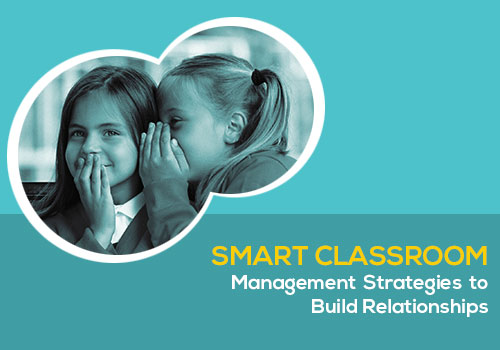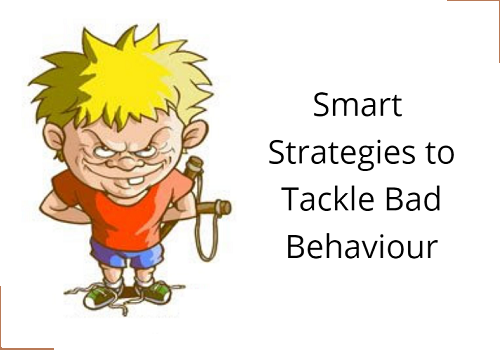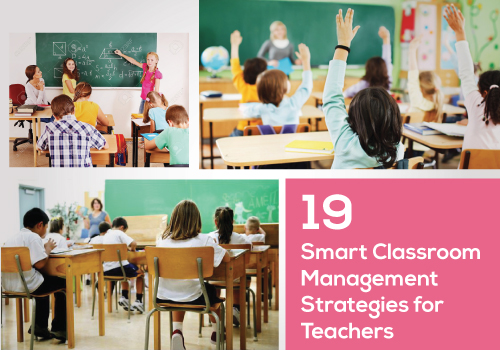You might have heard that great teachers doesn’t simply teach class lessons. They impart life lessons as well. To do that, building relationships with students are very important. Here are some smart classroom management strategies to help you build lasting teacher-student relationships.
Avoid Friction With Students
i. Avoid strategies that cause friction with students for it will make classroom management difficult.
ii. Avoid negative comments as long as possible as such comments will have a demotivating effect on the class room environment.
iii. You can avoid harmful methods such as corporal punishment, favouritism, etc to create a conducive classroom atmosphere.
Must Read: 19 Smart Classroom Management Strategies for Teachers
Build Rapport Naturally
i. Just avoid friction and what you will obtain is a tension free, natural, extraordinarily effective teaching experience.
ii. Your pleasant, confident mode of personality will go a long way in ensuring the students’ confidence in you.
iii. As a teacher, your behaviour would naturally and organically influence students and increase their confidence in turn.
Create A Classroom That Is Mutual And Participatory
The most important aspect in ensuring the effectiveness of teaching is to make your students actively participate in class activities.
Participating in class activities ensures that students learn more from you and you learn more from your students. It helps your students develop all important trust in you. With time, they will gain confidence in their abilities while knowing their strengths and weaknesses.
Rely Exclusively On Your Classroom Management Plan
It is important to make your classroom management strategy to be the sole point of accountability and thus remove the stress of arguing, pleading, and battling with students. Make sure that students participate in all academic related activities as a valued member of your class.
Build Their Trust In You
The point to be highlighted to build healthy relationship is that students trust you on account of your words and deeds along with our consistently pleasant manners and natural behaviour patterns as well.
The simple fact of a good smart class room strategies and its success rests upon the fact is that better the rapport you have with your students, the easier the classroom management becomes!
You May Also Like: Smart Classroom Management Strategies to Tackle Bad Behaviour/Attitude
The key question is how we are going to make a healthy rapport?
1. The process of making and keeping healthy, genuine, behavior-influencing rapport, is through kindling in them deep desire to share with them your vision of a ideal classroom.
2. The element of rapport becomes so easy and effortless while the teacher manages his classroom without much friction and conflict with students.
3. The smart class room management also involves or demands the teacher to abstain from yelling, scolding, sarcasm, etc and thus to make healthy relationships for that matter.
4. The point to b remembered is that the healthy rapport is the positive feelings students carry about you.
5. You should also keep in mind that such a relationship occur organically from the initial day itself and it just goes on stronger as the days passes by.
6. Moreover, it also becomes important on your part to make the students near-obsessive reliance on your classroom management plan.
7. It is also important make your conversations and interactions to become open and easy.
8. You should keep in mind that making and keeping relationships is a long term affair and not a single time affair.
9. Foremost aspect of smart classroom management is in knowing building healthy rapport with students is also the effective way to classroom management.
10. Last but not the least the character integrity will also ensure a healthy smart room strategy and its implication.
These are some tips or strategies to help you improve student-teacher relationships. If you have other ideas, please feel free to share them in the comment section.
For more articles like this, subscribe to our newsletter




